Stones and
Bones of
New England
A Guide to Unusual, Historic, and Otherwise Notable Cemeteries
Second Edition
Lisa Rogak
Revised and Updated by Ray Bendici
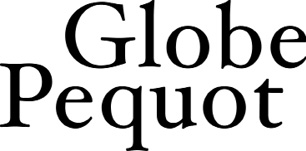
Guilford, Connecticut

An imprint of Rowman & Littlefield
Distributed by NATIONAL BOOK NETWORK
Copyright 2004, 2016 by Lisa Rogak
Photo credits: pp. 1, 18 Jack McConnell, www.mcconnellpix.com; pp. 4, 22, 23, 28, 30, 36, 44, 58, 60, 69, 72, 77, 87, 89, 96, 97, 106, 107, 112, 114, 116, 118, 120, 122, 128, 148, 157, 164, 169, 172, 175, 181, 193, 197, 199 (bottom), 203 courtesy The Association for Gravestone Studies; pp. 6, 8, 37, 42, 46, 62, 75, 97, 139, 150, 179, 199 (top) courtesy Library of Congress; pp. 132, 136 by Lisa Rogak
Maps: Melissa Baker Rowman & Littlefield
All rights reserved . No part of this book may be reproduced in any form or by any electronic or mechanical means, including information storage and retrieval systems, without written permission from the publisher, except by a reviewer who may quote passages in a review.
British Library Cataloguing in Publication Information available
Library of Congress Cataloging-in-Publication Data available
ISBN 978-1-4930-2379-0 (pbk. : alk. paper)
ISBN 978-1-4930-2380-6 (e-book)
 The paper used in this publication meets the minimum requirements of American National Standard for Information SciencesPermanence of Paper for Printed Library Materials, ANSI/NISO Z39.48-1992.
The paper used in this publication meets the minimum requirements of American National Standard for Information SciencesPermanence of Paper for Printed Library Materials, ANSI/NISO Z39.48-1992.
Contents
Introduction
To know the character of a community,
I need only visit its cemeteries.
Benjamin Franklin
Cemeteries are everywhere.
That only makes sense when you consider that there have been a few billion people who have roamed this planet before us, and when every one of them died, something had to be done with the body. Not all have been laid to rest six feet under the ground for a variety of reasons (which we dont need to get into here), but many have elected that option.
When you really think about it, cemeteries are a weird, last-ditch effort at immortalitylike, I may be gone, but this somewhat indestructible stone remains to speak my name forever. The ancient Egyptian pharaohs built pyramids in part as memorials, which isnt all that different than creating an ornate tombstone. The planet is littered with all manner of extravagant mausoleum, opulent crypt, and elaborate tomb, all compelling reminders of those who have gone before and their stories.
The good news is that efforts to ensure that the dearly departed, although gone forever, are not forgotten have not been wasted, especially here in New England. As one of the first places settled in the New World by European colonists, there is an abundance of centuries-old cemeteries and, with them, a plethora of individuals, groups, and organizations dedicated to preserving these places and the numerous compelling and sometimes even odd stories that are associated with them.
In fact, if you have this book in your hands, theres a good chance that you already may be a taphophile , or one who loves cemeteries. And if youre not, possibly by the time youre done reading about and, ideally, exploring the burying grounds and graveyards detailed here, you will become one. (Its a painless process, I promise!)
My informal introduction to taphophilia occurred in my childhood. During our family summer vacations in Vermont, I remember quite vividly my mother dragging us into various old cemeteries, trying to get us interested in the names and stories contained on the numerous moss-covered stones. Of course, that was mostly lost on an adolescent boy who was more interested in looking at live girls than reading the epitaphs of dead ones, but the idea that cemeteries were fascinating, peaceful, and intriguing places was ingrained early.
Like any seed planted in an impressionable young mind, this curiosity in the accounts of those who were no longer around to share them would eventually take root and begin to grow. Over the years, I found myself more and more drawn to history and the seemingly endless collection of compelling tales that real lives have generated, especially those that seemed a bit out of the ordinary or off the beaten path.
Its been this love of the past and the peculiar that in my spare time led me to create (with my friends Kate and Steve Frank) a website called Damned Connecticut (damnedct.com), in which we chronicle all sorts of oddities and unusual places from across our home state, including a number of supposedly haunted cemeteries. My regular paying daytime gig for sixteen years was as an editor at Connecticut Magazine , and during that time, it required me to explore all corners of the state in pursuit of intriguing stories and worthwhile places to share with readers.
Consequently, Ive been to cool and creepy and historic cemeteries aplenty. And while researching this book, it quickly became apparent to me that graveyards are more popular than ever. (Insert that old joke about people dying to get in....)
The genealogy and ancestry craze that exploded during the 1990s, when the Internet suddenly connected eager researchers with birth, marriage, and death records like never before, has fueled the creation of a staggering array of resources, particularly online. Part of the trickle-down from that has been wonderfully comprehensive cemetery-centric websites, like FindAGrave.com, that not only list a remarkable number of cemeteries and those interred within, but also provide detailed data, including epitaphs and inscriptions, as well as photos, contact information, and more. Its an embarrassment of riches for any taphophile, really.
Of course, one thing that often gets overlooked with the vast goldmine of information that is now only a click away is how it all got there in the first place. Just like how my kids cant quite comprehend the concept that there was a world long before TVs and computers existed (there really was!), there are those who dont understand that all this terrific graveyard information didnt just magically appear online. Almost every single website that has cemetery material got it from the efforts of mostly anonymous folks who took the time to transfer town records from handwritten or typed formats into digital ones that could be made available to anyone with a computer or smartphone. This data also was culled by men and women who, usually voluntarily, spent hours, days, and months in graveyards, burying grounds, and cemeteries, going row by row and stone by stone to record what was etched on each and every marker. Often, many also had to deal with trying to decipher faded or weathered inscriptions on crumbling or fallen slabs.
One of the most noteworthy taphophiles/historians who dedicated himself to just this task was Charles R. Hale. Hale first began his work in 1916, when he started recording the burial locations of Civil War veterans for the Sons of Union Veterans of the Civil War. (Hales father, George, had fought in the conflict.) He was able to parlay this work into a project for the Works Progress Administration (also known as the WPA) in the mid-1930s. He was put in charge of amassing the vital information and inscriptions of every cemetery in Connecticut, overseeing a staff of eighty for the task. Obtaining info from the big public cemeteries was easy, but when the project started, many older cemeteries were either no longer in use or abandoned.
Next page
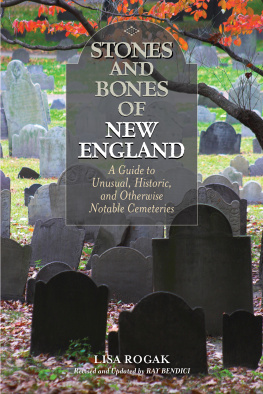
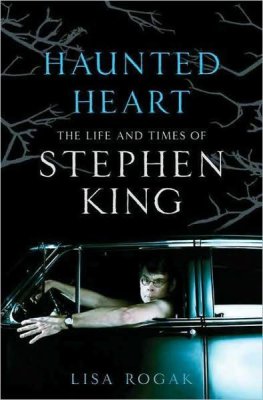
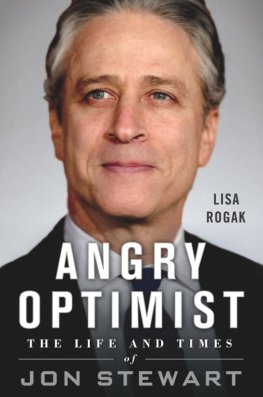
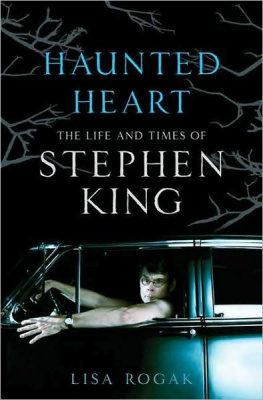


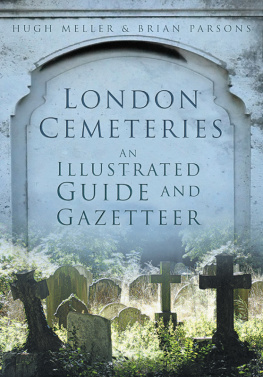
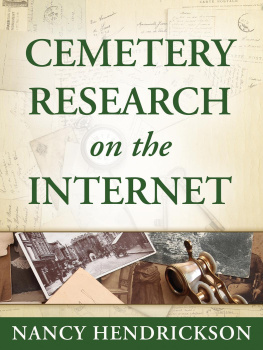
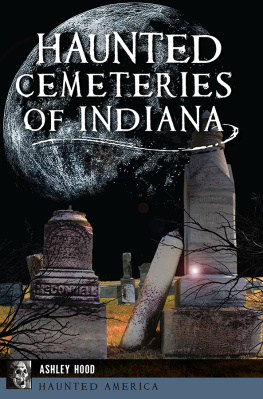
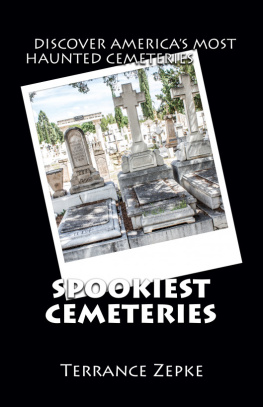
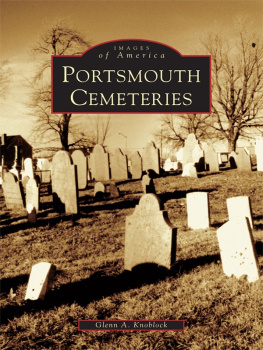


 The paper used in this publication meets the minimum requirements of American National Standard for Information SciencesPermanence of Paper for Printed Library Materials, ANSI/NISO Z39.48-1992.
The paper used in this publication meets the minimum requirements of American National Standard for Information SciencesPermanence of Paper for Printed Library Materials, ANSI/NISO Z39.48-1992.